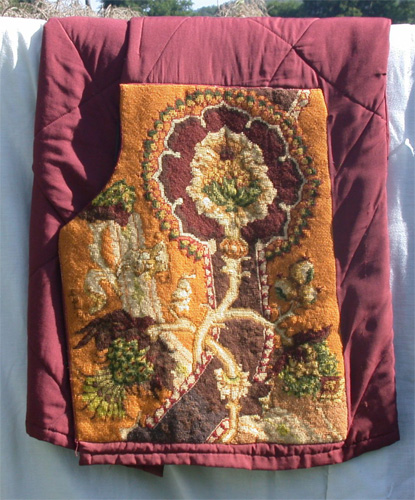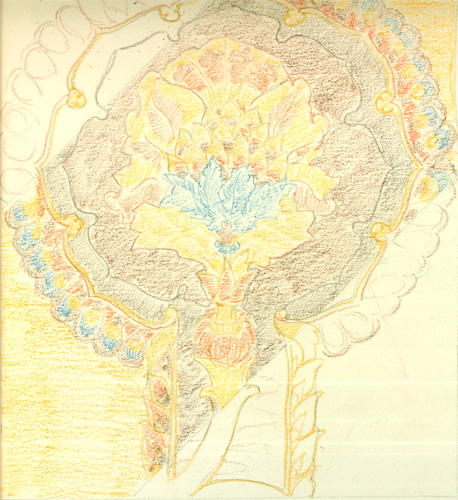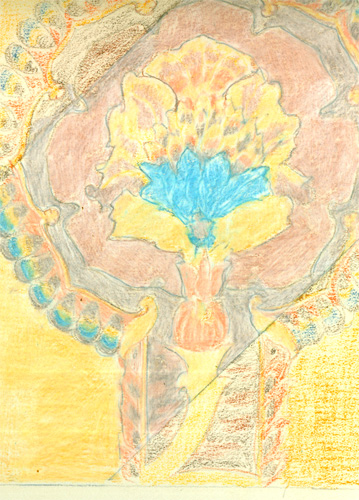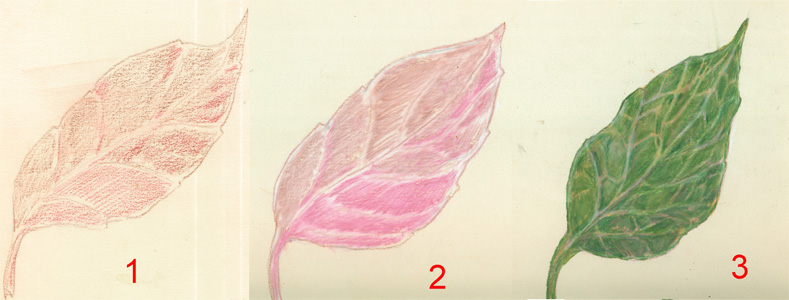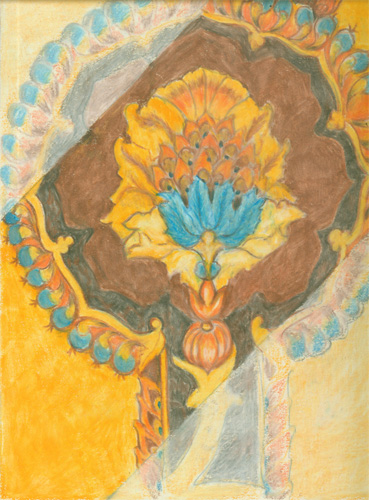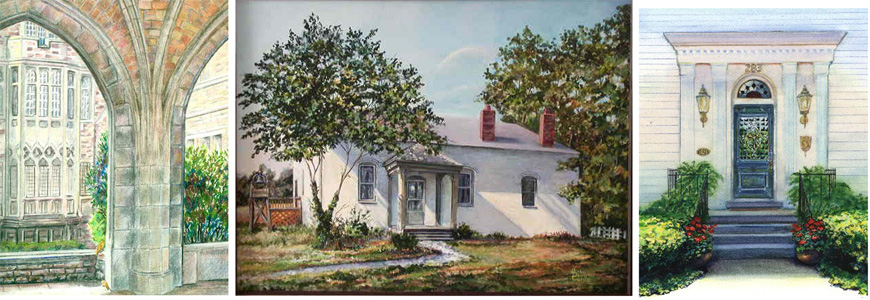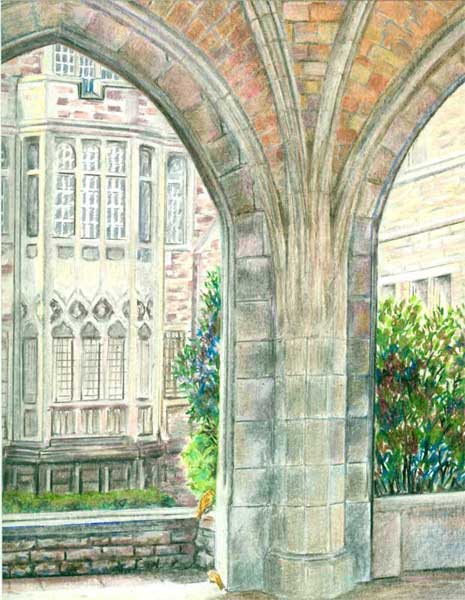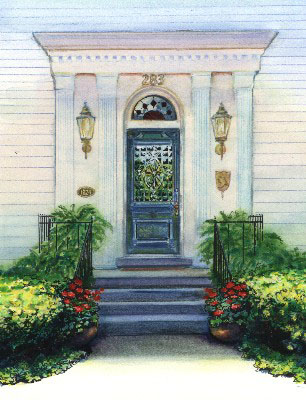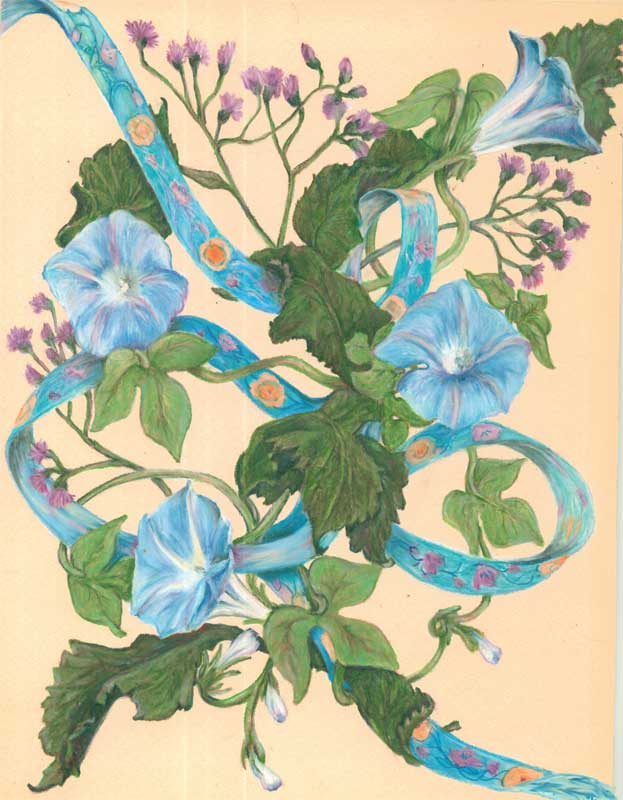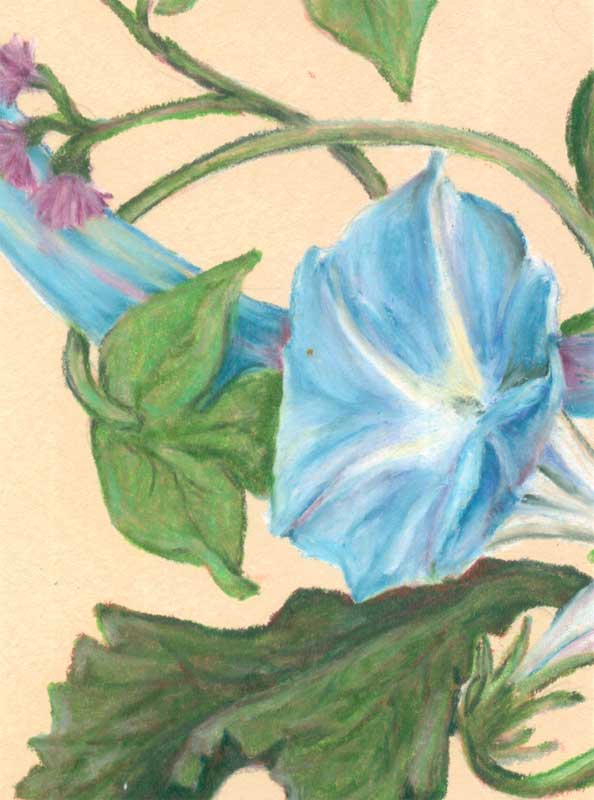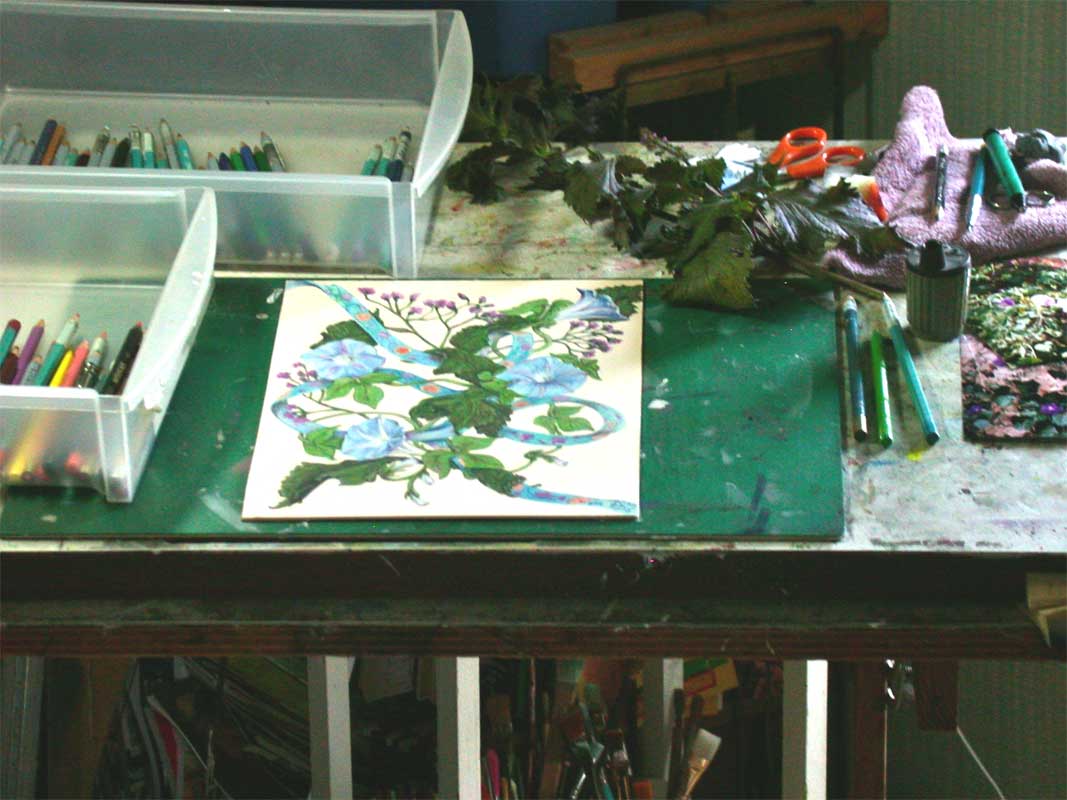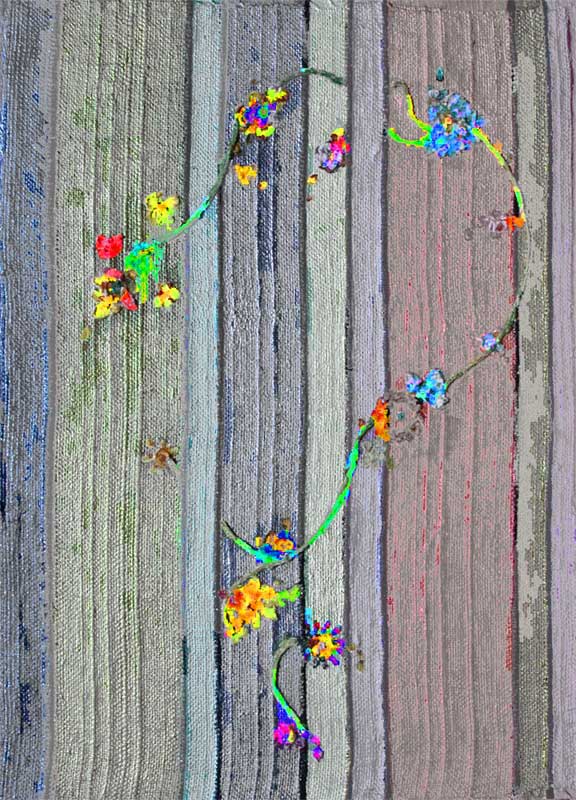This
post is a little about needlework, and a lot about colored pencil
work. A while back I started out playing with and learning about
colored pencils. The Prisma color pencils I use are a wax based
pencil. This means that they have a wax base into which different
colored pigments are mixed, which mixture is then put into the
centers of a wooden casing. The resulting pencil is easy to stroke
onto paper surfaces.
I
usually start out with a outline of the main points of my drawing. I
then begin lightly sketching in the various color sections, much like
a paint by number kit. You can see my initial outline sketch and
light color sketching on the center of this image.
I then
lay in a second layer of color pigment over the first one, to deepen
the colors. You can also lay in different colors to make a “color
blending” happen, in the next step.
Often
you want to change or augment one color from the pigments of just one
pencil......which you can easily do by layering different colors on
top of each other. This sketch of a leaf is a good example. Leaves
are really reddish underneath the green chlorophyl. That's why you
see reddish colors in the leaves in the fall, when the chlorophyl
dies off. I started off with this sketch using dull reds, then
layering over some greens. This makes the final green leaf much more
realistic in colour than the manufactured pigments often allow.
After
you layer your colors, then comes the “magic” of a technique
called burnishing. This technique takes advantage of the wax/pigment
mixture that makes up the Prisma color pencils. What you do is take
a pencil of the final color you want the current section to be, and
stroke over and over that section. This repeated firm stroking will
slightly melt the wax/pigments already on the paper surface. You
end up mixing the previous layers with your color strokes. You can
get lovely colours and great detail with this method.
Oh and
about the needlework reference? Well these samples of colored pencil
steps I did for a talk I presented.....I actually did to decide on
colors I wanted to use for a wool needlework cross stitch piece. The
design was a 17th century cloth design from a Dover book.
I wanted to decide on the colors using colored pencils to draw me a
color “map”. You can see the result at the top of the post.
Colored
pencils come in wax, ink and watercolor versions, each with it's own
speciality. Colored pencils of any type, are a great tool for
crafters, artists and illustrators!

